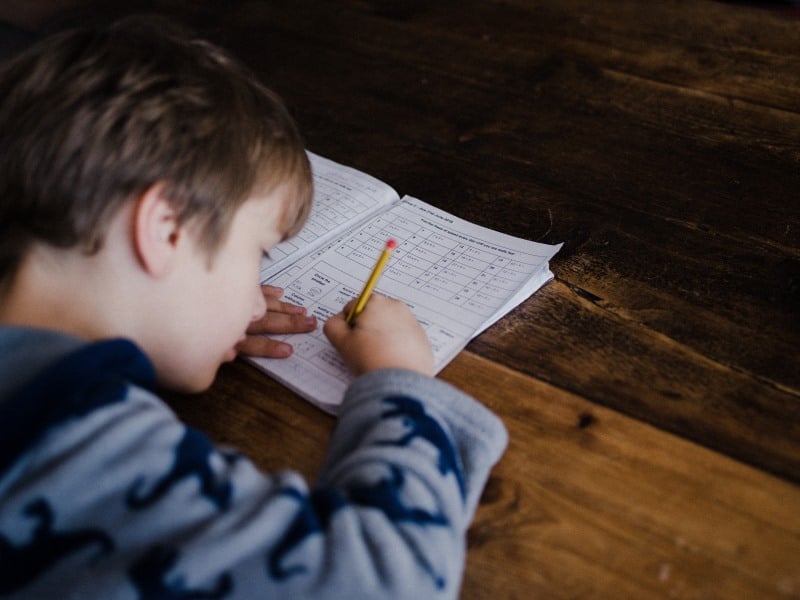
According to the Learning Disabilities Association of America, about 60% of people with severe literacy problems are likely to have an undiagnosed or untreated learning disability.
So what is a learning disability, and how can we spot them in order to prevent these problems in both children and adults?
A learning disability is a difference in the way someone’s brain works that changes their ability to develop skills in reading, writing, speech, or math. Learning disabilities are not always easy to see, because they can manifest in many ways.
Something like dyslexia or dysgraphia can interfere with handwriting, word processing, letter recognition, and matching letters to sounds. Dyslexia can even cause problems seeing letters or words in the right order. This will cause problems with reading, writing, and self-expression. Dyslexic children may do better with audiobooks than paper books, or need questions on exams or worksheets read out loud to them before they understand what is being asked.
Dyscalculia is similar to dyslexia, but deals more with numbers than letters. This means it’s hard to keep track of the value of each number, what operation a symbol means, or even trouble seeing numbers in the right order. Students with dyscalculia may have difficulty solving math problems quickly, doing math in their heads, or doing math using a method that is generally used in school. Dyscalculia, like dyslexia, may be difficult to spot in students who come up with ways to hide the fact that they are struggling, like memorizing enough information to still do well in their classes.
Although not currently recognized by the DSM-5 (a book that describes diagnostic criteria), there are also nonverbal learning disabilities. These tend to limit spatial, visual, motor, or social skills. These students tend to speak less than other children their age, or not at all, but still have a good vocabulary and literary skills. Unlike dyslexic students, these kids may do better with written words than spoken ones.
Something like a language comprehension deficit will give students trouble with understanding written or spoken language, and difficulty expressing themselves and their ideas. These students may swap words in a sentence and think the meaning does not change, even when it does. Students with a language comprehension deficit show some of the same signs as dyslexic students, but it may not help them as much to receive spoken directions or questions.
If you start seeing any of these signs in your child, don’t panic! None of these things will limit your child’s overall potential. There are plenty of dyscalculic mathematicians and dyslexic writers (including Agatha Christie, F. Scott Fitzgerald, and Jules Verne).
The way to manage any of these things is with tutoring, doing your own research, and communication with your child, their teachers, and their pediatrician. Knowing what helps your child, especially from their point of view, will be the best way to mitigate the interference of any learning disability.





